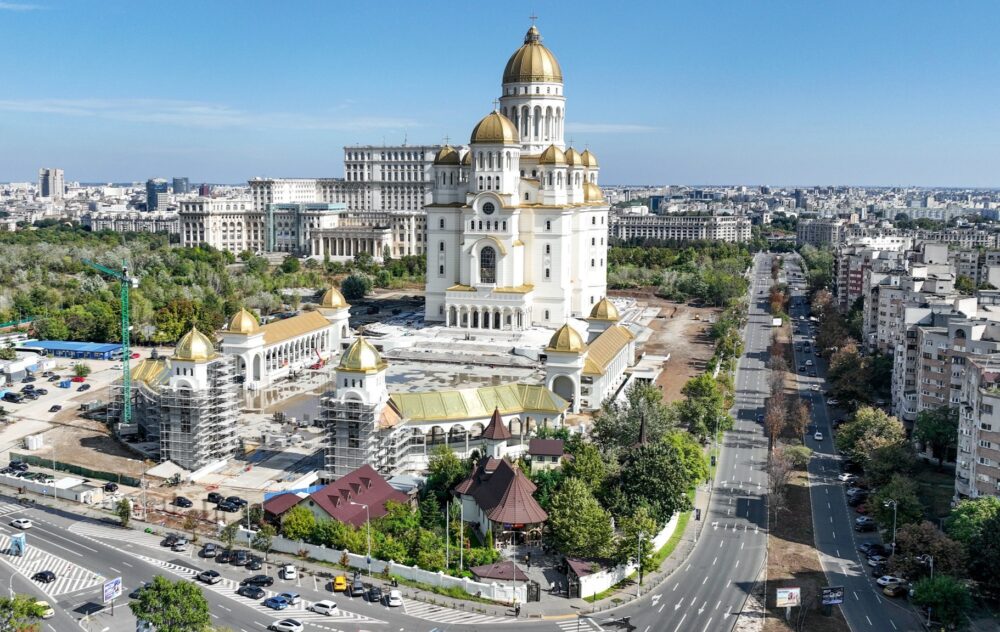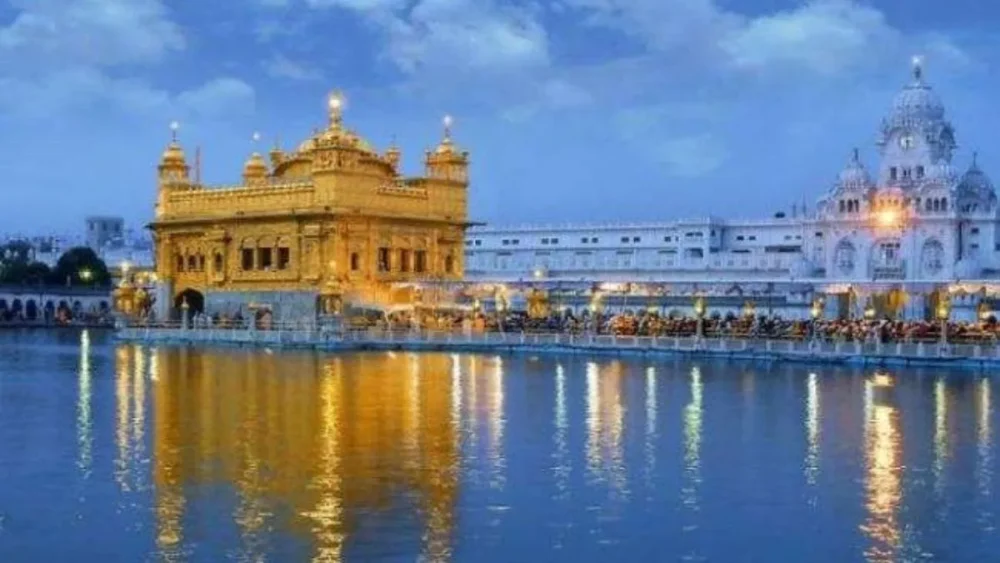The People’s Salvation Cathedral, also called the National Cathedral, in Bucharest, Romania, has officially opened after 15 years of construction, becoming the largest Orthodox Christian church in the world. Towering at over 125 meters (around 410 feet), this monumental cathedral can accommodate up to 5,000 worshippers inside. At its core, the cathedral represents a significant cultural and religious symbol, especially in Romania where approximately 85% of the population identifies as religious.
The interior of the cathedral is breathtakingly adorned with frescoes and mosaics depicting saints and religious icons, covering a vast area of approximately 17,800 square meters (around 191,000 square feet). The project, which began in 2010, included the consecration of the altar in 2018 and has so far cost around €270 million ($313 million), primarily funded by public resources, although some construction work remains incomplete.
The cathedral’s inauguration drew thousands of pilgrims and worshippers, along with notable officials including Romania’s President and Prime Minister. The event highlighted the cathedral’s significance as a national symbol of faith and identity. Despite its magnificence and spiritual importance, the project has faced criticism due to its high costs, with skeptics arguing that such funds might have been better allocated to social services like education and healthcare, especially given Romania’s budget constraints.
The National Cathedral stands not only as a place of worship but also as an architectural marvel. It features the world’s largest Orthodox iconostasis measuring over 23 meters in length and 17 meters in height, alongside massive church bells, some of the largest in Europe. The cathedral also includes modern amenities like elevators, concert halls, and even nuclear shelters, emphasizing its multifunctional design.
Situated prominently on Spirea’s Hill, near the massive Palace of Parliament, the cathedral occupies a dominant position on Bucharest’s skyline. Its construction is seen as a symbol of the endurance of faith in Romania, a country that experienced suppression of religious expression during decades of communist rule. The Romanian Orthodox Church regards the cathedral as a profound emblem of national identity and spiritual resilience.
Overall, this grand cathedral’s opening marks a historic moment for Romania, celebrating not only religious devotion but also the cultural heritage and unity of the Romanian people.















